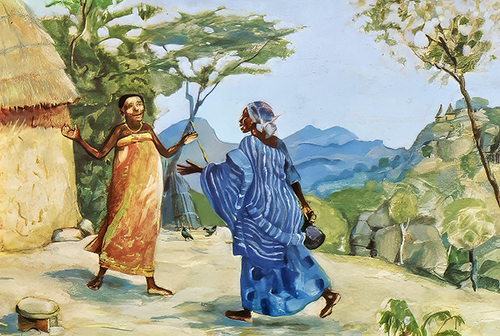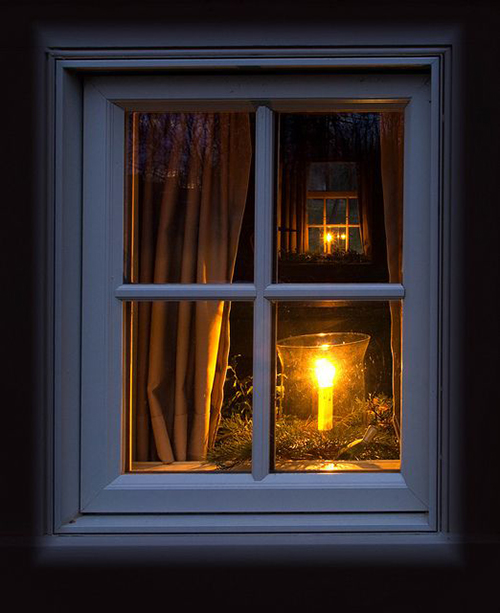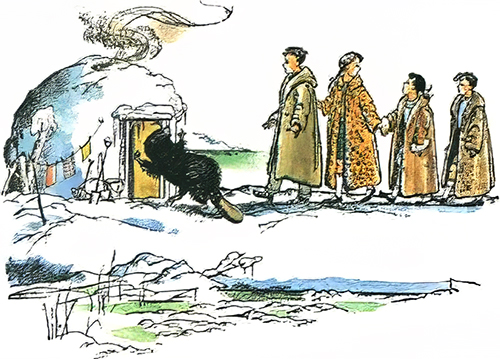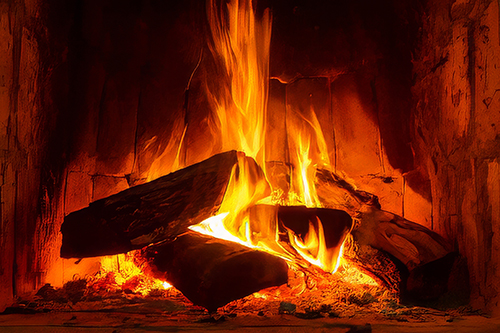
The three Rs are three basic skills taught in schools: Reading, wRiting, and aRithmetic.
The three Rs are also a simple mnemonic to assist with the care of our planet: Reduce! Reuse! Recycle.
The Three Rs also are guiding principles for more ethical use of animals in product testing and scientific research. The 3Rs are: Replacement, Reduction, and Refinement.
Our Gospel this Sunday is the all too familiar story of the Visitation. (Lk. 1:39 – 44)
Before anything else it is a story of human encounter.
It too has three Rs, and these three Rs maybe helpful as we approach this Christmas season which, invariably, is a season of human encounter.
The three Rs include to Receive, to Recognise and to Reciprocate.
Elizabeth receives Mary, while recognising who she is, in a rich and joyful way. The encounter triggers a prayer in Mary, “My soul glorifies the Lord my spirit rejoices in God my saviour” (not in the reading).
Both women are full of joy, in Luke’s narrative. They receive each other, they recognise each other, and they reciprocate.
The encounter is joyful, affirming and refreshing.
This Christmas season may we Receive, may we Recognise, and may we Reciprocate.
The illustration is titled, The Visitation – Mary and Elizabeth meet, from Art in the Christian Tradition, a project of the Vanderbilt Divinity Library, Nashville, TN
(The source of the illustration is from Cameroon, a country in central Africa. What I like most about the painting is the smile on each of the faces.)



